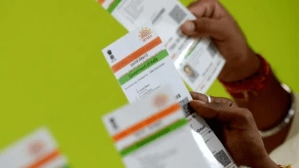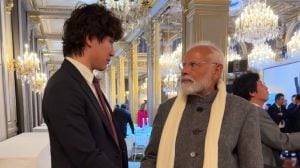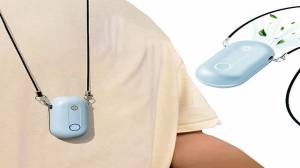COVID-19: Which mask offers the best protection? If you have been asking yourself this, don’t worry! With face masks available in varied designs, fabric and size, it has become rather difficult to pick one out of the lot. However, a recent research at the Duke University in the United States has brought some new insights about the efficacy of different face masks. As part of the study which was published in the journal Science Advances, the researchers used a low cost laser sensor device and compared 14 different types of face masks and their ability to block the respiratory droplets when the person is speaking.
In a development that could bring smiles on the face of people who are using the N95 masks, the study has found that the N95 masks without the attached valves are most effective in blocking the micro particles of the virus, according to a report by the Indian Express. On the other hand, the researchers also found that the bandhana or fleece coverings hardly offer any protection from the extremely minute particles of the virus. The researchers even said that according to their study, the amount of respiratory droplets leaked through the fleece coverings were more than what one would release without wearing any face cover. They said it was likely because the fleece covers further break down the respiratory droplets into smaller particles, giving them an opening from the sides of the coverings. Home knitted
As part of the study, the researchers set up an inexpensive laser sensor device to measure the amount of respiratory droplets that pass through the different kinds of masks when the person wearing them is talking. Apart from the laser sensor, the experiment also used a black box, a lens and a mobile phone camera and laser beams were then used to create a sheet of light inside the box. The person who wore different kinds of masks was then asked to utter “stay healthy, people” five times in the direction of the laser beam. The beam scattered light from the droplets which were released during the speech. Using a mobile camera, the droplets were recorded and counted later on by a computer.
While the N 95 mask without the valves offers the best protection and was put on rank 1, its valves fitted counterpart slided to 7th rank as the level of protection considerably decreased due to the presence of the exhalation valves, according to the study. On the second rank came the three-layer surgical mask followed by the cotton-polypropylene-cotton mask and 2-layer polypropylene apron mask on 3rd and 4th rank. At 9th spot was the one-layer Maxima AT mask, while the knitted masks were ranked 11.








